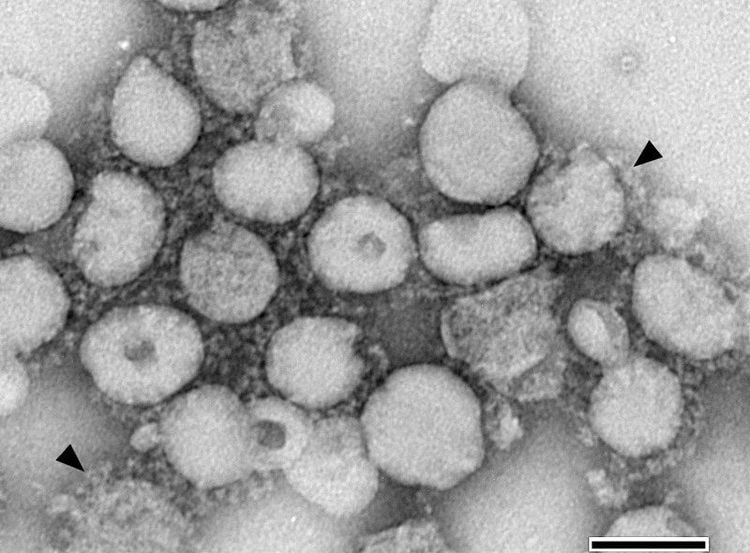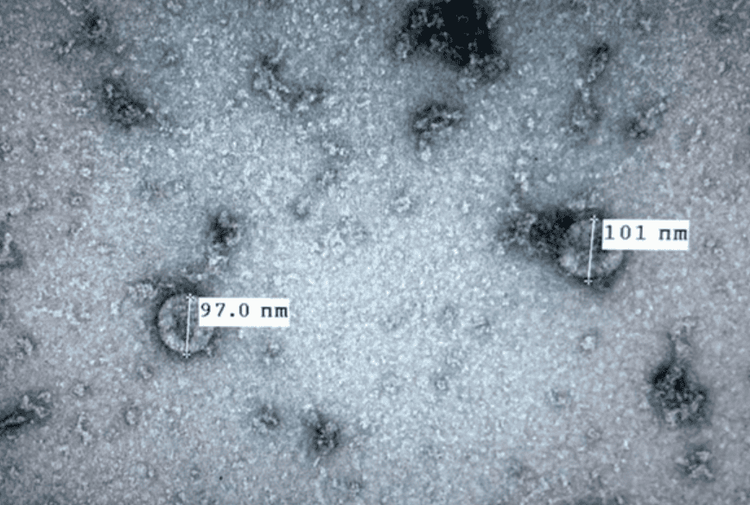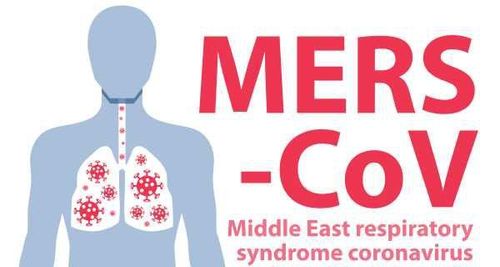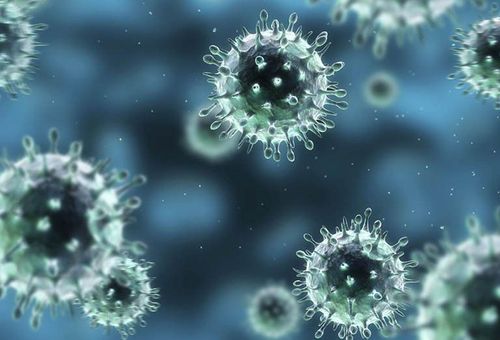This is an automatically translated article.
The 2003 SARS pandemic has spread to 26 countries around the world, including Vietnam. The disease spreads and progresses very quickly, infected patients, if not treated promptly, will very quickly fall into respiratory failure and even die.
1. What is severe acute respiratory syndrome (SARS)?
Severe acute respiratory syndrome (SARS) is a viral respiratory illness caused by a type of coronavirus called SARS (SARS-CoV). SARS was first reported in Asia in February 2003. The disease had spread to more than two dozen countries in North America, South America, Europe and Asia before the 2003 global SARS outbreak was contained.
Currently, there are no reported cases of SARS worldwide. The most recent human cases of SARS-CoV infection were reported in China in April 2004 during an outbreak caused by a laboratory infection. The CDC and other organizations, including the World Health Organization, are continuing to monitor the global SARS situation.
2. Causes of SARS
SARS coronavirus (SARS-CoV) - virus identified in 2003. SARS-CoV is believed to be an animal virus from an uncertain animal reservoir, presumably bats, that spread to other animals ( civet cats) and the first infected person in southern China's Guangdong province in 2002.
An outbreak of SARS affected 26 countries and caused more than 8000 cases in 2003. Since then, a handful have Cases have occurred either by laboratory accident or, possibly, by human-to-human transmission (Guangdong, China).
Transmission of SARS-CoV is mainly from person to person. It occurs mainly during the second week of illness, corresponding to the highest levels of viral excretion in secretions and feces, and when severe cases begin to worsen clinically. Most human-to-human transmission occurs in healthcare settings, in the absence of adequate infection control precautions. The implementation of appropriate infection control measures brought the global epidemic to an end.

SARS coronavirus (SARS-CoV)
3. Signs of SARS patient
Symptoms present in SARS patients are the same as those of influenza, including fever, malaise, muscle aches, headache, diarrhea, and (severe) tremors. No single symptom or group of symptoms has been shown to be specific for the diagnosis of SARS. Although fever is the most frequently reported symptom in SARS patients, this sign may not be present in the early stages of the disease, especially in elderly and depressed patients. immune system.
Cough, shortness of breath and diarrhea usually appear in the first or second week after the patient is infected. Severe cases often progress rapidly to respiratory failure and require intensive care.

Sốt cao là dấu hiệu của bệnh nhân SARS
4. The 2003 SARS pandemic
According to the US Centers for Disease Control and Prevention (CDC), the first case of SARS was recorded in February 2003 in Asia. However, there is some information that the first cases of SARS were detected in November 2002, in Guangdong, China.
The SARS pandemic is caused by the SARS virus - CoV, this is a strain of the coronavirus, the same family as the new virus that is causing the current very serious acute pneumonia epidemic - covid-19
Until the end of May 2003 , the SARS pandemic has sickened more than 8,000 cases, with nearly 800 deaths. Every major city in Asia, down to Europe, was terrified of what the SARS epidemic had caused. Public offices and schools have to close their doors to prevent the epidemic.
Many strict epidemic control measures were simultaneously implemented by health officials around the world at that time, including a ban on traveling to countries with epidemics and isolation of places and hospitals where infected people appeared. sick. This ban was lifted in June 2003, when the epidemic was brought under control to a safe level.
The new strain of corona virus (covid-19) was determined by experts to have a genome similar to 89% of the genome of the SARS virus - CoV - the corona virus strain that caused the SARS pandemic in 2003. This made experts worried. fear that another dangerous respiratory disease may be at risk.
In February 2003, Vietnam recorded its first case of SARS. Accepting to ignore the heavy economic losses, Vietnam made all information about the disease public, and invited experts at the World Health Organization (WHO) and the US Centers for Disease Control and Prevention. CDC and Médecins Sans Frontieres (Médecins Sans Frontieres) come to Vietnam to also monitor and support the fight against the epidemic. On April 28, 2003, Vietnam was officially recognized by WHO as the first country to control the SARS pandemic.

Hình ảnh chủng virus corona mới (covid-19)
Currently, there is no specific medicine to treat the disease as well as a vaccine to prevent corona virus. The current goal of treatment is still only to treat the symptoms caused by the disease. Because the cause of the disease is viral, treatment with antibiotics will not work. Prognostic statements about the long-term health of recovered patients as well as the possibility of recurrence of diseases such as SARS have not been made so far. According to the World Health Organization, the mortality rate from SARS ranges from 0-50%, depending on age. Patients with the lowest mortality rate are under 24 years of age, with high mortality usually occurring in those over 65 years of age. This is also the group of patients with the highest mortality rate among patients with acute pneumonia caused by 2019-nCoV virus.
The current priority for governments is to identify the disease as well as develop a new vaccine and make a drug to treat SARS because there is no treatment or vaccine to prevent SARS.
Because so far there is no proven treatment or vaccine to prevent SARS that is both safe and effective for users, the identification of the disease as well as the development of new vaccines, Developing drugs to treat SARS is still a priority for governments and public health agencies around the world.

Hiện nay vẫn chưa có vắc-xin phòng ngừa SARS
5. Measures to prevent SARS
Here are some measures to prevent the SARS epidemic, including:
SARS patients should be detected early and isolated to avoid infecting people around SARS patients should wear masks; frequently wash your hands, especially after coughing or going to the toilet; absolutely do not share personal items such as toothbrushes, face towels, drinking cups... with healthy people. Do not go into epidemic areas if not necessary; Avoiding crowded places during outbreak outbreaks Special precautions and isolation are required for healthcare workers who come into contact with SARS patients Measures should be taken to properly dispose of the patient's waste.
Source: WHO; CDC
MORE:
SARS: What to know is 2019-nCoV the same as the virus that causes MERS and SARS? Guidelines for diagnosis and treatment of acute pneumonia caused by new corona virus of the Ministry of Health








![[Q&A about the 2019 Corona virus epidemic] Part 2: How to protect yourself against the epidemic?](/static/uploads/small_20200202_011638_030639_BYT_phong_corona_max_1800x1800_png_ee887107f4.png)
![[Q&A about the 2019 Corona virus epidemic] Part 3: Instructions for taking care of people suspected of being infected with 2019 nCoV at home](/static/uploads/small_20200203_074555_552545_ncov2019_max_1800x1800_jpg_e42dd54191.jpg)



